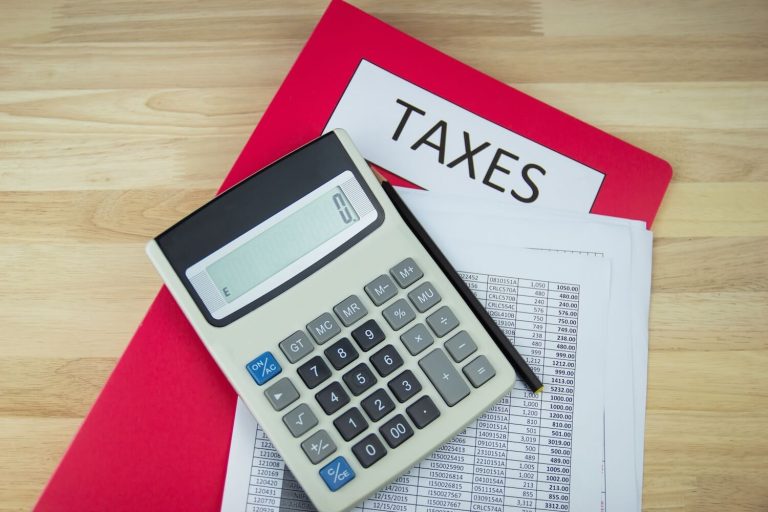Property subdivision projects: the tax implications

In the context of the ongoing urban expansion in most major Australian cities, we frequently receive requests for advice regarding the tax treatment of subdivision projects. Before making any commitments, it is crucial to have a clear understanding of the potential tax liabilities associated with these projects.
Regrettably, a significant number of individuals hold incorrect assumptions about how subdivision projects are taxed. They often believe that the tax exposure will be minimal. In reality, there are several important factors that need to be considered, and these can have a substantial impact on the overall profitability of the project.
For instance, when an individual purchases a property with the intention of subdividing it into smaller lots and selling them for a profit in the short term, any profit generated is generally taxed as ordinary income rather than under the Capital Gains Tax (CGT) rules. This implies that the general CGT discount is not applicable for reducing the tax liability, even if the property has been held for over 12 months. Additionally, capital losses cannot be used to lower the taxable amount.
Moreover, in such situations, the sale of the subdivided lots often gives rise to a Goods and Services Tax (GST) liability, which further reduces the after-tax profits from the project.
Many people fail to accurately estimate the income tax and GST liabilities that stem from property projects. As a result, they may be unpleasantly surprised by the impact these liabilities have on the economic viability of the project.
The Australian Taxation Office (ATO) has recently updated its guidance in this area. It has added numerous new and practical examples to illustrate how the tax rules typically apply. The ATO’s examples cover the income tax and GST implications of common property transactions, including property flipping, subdivision projects, and property development activities.
For example, in one of the ATO’s scenarios, a taxpayer repeatedly buys, renovates, and sells properties. They conduct market research, seek professional advice, take out business loans, and carry out the renovations in a business-like fashion.
The ATO determines that the taxpayer is operating a business because their primary intention is to make a profit from the property renovations and resale. In this case, the profits are treated as ordinary income and taxed on the revenue account.
The CGT provisions do not apply since the property is considered trading stock. However, GST does not apply in this specific situation as the properties have not undergone “substantial renovations,” which requires careful consideration.
On the other hand, in another example, the ATO examines a taxpayer who subdivides the vacant land adjacent to their main residence due to ill health and increasing debt. Since the taxpayer did not initially intend to profit from the subdivision and sale of the vacant land, the sale is regarded as the mere realization of a capital asset rather than a business venture.
The activities related to the subdivision are limited to the necessary actions for obtaining council approval, indicating a low level of complexity and a small scale. The sale of the subdivided lot is taxed on the capital account under the CGT rules, and the general CGT discount is available if the land has been held for more than 12 months.
However, the main residence exemption does not apply because the land is not being sold together with the dwelling that served as the taxpayer’s main residence.
For any questions you may have relating to property subdivisions, contact us for clarify and advice.